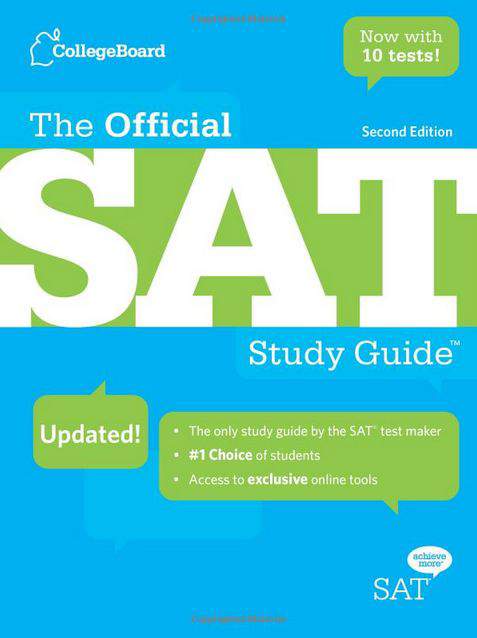Connecting...

This is a quick preview of the lesson. For full access, please Log In or Sign up.
For more information, please see full course syllabus of SAT: Mathematics
For more information, please see full course syllabus of SAT: Mathematics
SAT: Mathematics Angles on the SAT
Lecture Description
In this lesson our professor Charlotte Vilkus covers angles on the SAT with information on how angles are tested and angle examples
Bookmark & Share
Embed
Share this knowledge with your friends!
Copy & Paste this embed code into your website’s HTML
Please ensure that your website editor is in text mode when you paste the code.(In Wordpress, the mode button is on the top right corner.)
×
Since this lesson is not free, only the preview will appear on your website.
- - Allow users to view the embedded video in full-size.
Next Lecture
Previous Lecture














































1 answer
Last reply by: S k
Fri Jan 20, 2017 1:43 PM
Post by Abazar Naqvi on August 22, 2015
how did you know that the angle was 90 degree?
2 answers
Last reply by: John Stedge
Tue Aug 1, 2017 10:38 AM
Post by Kavita Agrawal on March 11, 2013
In the second Learn by Example Problem,I think the answer should be 43 degrees, not 47 degrees. From the information provided in the problem, you can't assume that lines CD and AB are perpendicular and form right angles. If you look closely at the diagram, you can see that angle DBA and ACD intercept the same arc. This makes both these angles congruent, so angle DBA, which we know to equal 43 degrees, is congruent to angle ACD. Angle ACD is congruent to angle CDB, since all alternate interior angles formed by a transversal and 2 parallel lines are congruent. This means that x = 43 degrees, as x is equal to angle CDB. Did I overlook something, or is the answer given in the slide incorrect?